Shira Route
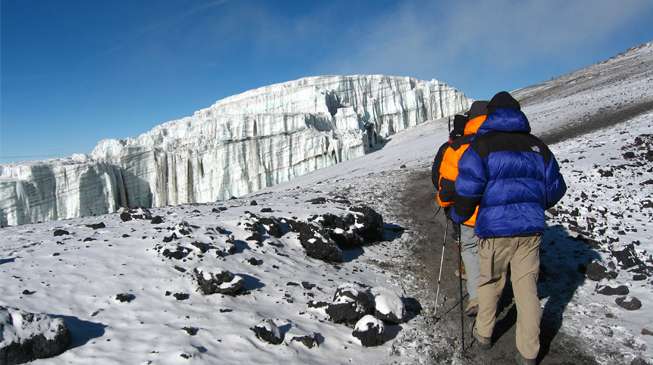 8 day(s) | Kilimanjaro Climbing | Kilimanjaro
8 day(s) | Kilimanjaro Climbing | Kilimanjaro
The Shira route is a path that approaches Kilimanjaro from the west, and is nearly identical to the Lemosho route. In fact, Shira was the original route and Lemosho is the improved variation. What is unque about Shira is that the first section of the trail is not hiked, but rather driven. The minimum numbers of days required for this route is six days, although seven days is recommended. The descent is down Mweka, in the south-east. Shira route is beautiful because it crosses the spectacular Shira Plateau, and then combines with the Machame route to share its viewpoints around the southern circuit. Shira has low traffic until it combines with Machame.
Itenarary
-
Day 1
At Mweka Gate you receive your certificate of summit, after signing the register, and if you've completed the climb successfully. From Mweka Gate you walk to Mweka Village, a one hour walk through 3kms of muddiness. You receive a hot lunch at the Mweka Village, and are taken back to Moshi/Arusha, where you can celebrate your summit, and have that long-overdue hot shower.
Lemosho is ideal for climbers seeking a more private hiking experience. Although the trail joins with the more popular Machame route on the third evening, the first three days on the mountain are relatively quiet with few other trekking groups on the trail. On the first day, arrive at Londorossi Gate at about 11am. Spend about an hour at the gate while registers your climb and the porters and guides make final preparations. Please note that the arrival time at the gate may vary depending on road conditions. After registering at the gate, drive to the trailhead and enjoy a picnic lunch before starting the trek to Mti Mkubwa (Big Tree) Camp. Pass through the rain forests of Kilimanjaro viewing trees and birds along the way. Arrive at the campsite in the late afternoon and relax for the rest of the day.
-
Day 2
Mti Mkubwa Camp (2,750m/9,023ft) to Shira 1 Camp (3,720m/12,200ft) Elevation Gain: 970 meters, 3,177 feet
Hike through the forest on day two for Kilimanjaro's moorland. This is the day that you will enjoy the greatest variety of Kilimanjaro's wildflowers. When the trail flattens out, you will have your first views of Kibo peak. After lunch, you will climb the Shira Plateau, created when Kibo's lava flows filled up the Shira crater. Stop at Shira 1 Camp, where you will relax for the rest of the day.
-
Day 3
Shira I Camp (3,720m/12,200ft) to Shira II Camp (3,840 meters/12,532ft) Elevation Gain: 120m, 332ft
This is an acclimatization day that allows you to take day hikes that explore the Shira Plateau. You will hike only a short while and gain just over 100 meters in elevation. Look to the west at sunset and you may catch a glimpse of the twin eruptions from the craters of Ol Donyio Lengai (The Mountain of God), an active volcano 100 kilometers distant.
-
Day 4
Shira II Camp (3,840m/12,532) to Barranco Camp (3,950m/12,960ft) Elevation Gain: 110m, 428ft
Although this up and down day ends with an elevation gain of only 110 meters, by early afternoon you will have climbed 690 meters to a height of 4,530 meters before beginning your descent to Barranco Camp. This day is crucial for acclimatization. After breakfast, continue east on the Shira Plateau for two hours before reaching the junction for Shira and Lemosho Routes. Continue on through the barren landscape for another thirty minutes before stopping for lunch. Shortly after lunch, reach the highest point of the day before descending quickly to Barranco Camp. From the high point, spot Lava Tower, a 300-foot lava formation jutting out of the mountainside. Optional detour via Lava Tower. The descent to Barranco Camp will take you through a valley which is home to many unusual plants including the Senecio Kilimanjari. Barranco Camp is considered to be the most scenic campsite on the route. It is set in a canyon among forests of Senecio Kilimanjai beneath the Heim glacier. From the campsite, enjoy magnificent views of Mount Meru, Heim Glacier, Kibo's southern face and the imposing Barranco Wall.
-
Day 5
Barranco Camp (3,950m/12,960ft) to Karanga Camp (4,200m/13,780ft) Elevation Gain: 250 meters, 820 feet
Leave Barranco Camp after breakfast for Karanga Valley. The day begins with an hour and a half scramble up the Barranco Wall. This is the hardest part of the day and in some places you may have to use your hands to pull your body up. After reaching the top, hike through fairly level terrain before making a short but steep descent into the greener Karanga River Valley. Karanga Camp is located on the ridge above the river valley.
-
Day 6
Karanga Valley (4,200m/13,780ft) to Barafu Camp (4,600m/15,100ft) Elevation Gain: 400 meters, 1,320 feet
After breakfast, begin the hike to Barafu Camp. On the way to Barafu, view several of Kibo's glaciers as well as the junction that connects the descent route, Mweka, with the Machame trail. During this day, hike by the Heim, Kersten and Decken Glaciers. Although the trail to Barafu passes through alpine desert with little vegetation, there are stunning views of Kibo and Mawenzi peaks along the way. Try to sleep as soon as you finish dinner as you will awake before midnight for your summit ascent.
-
Day 7
Barafu Camp (4,600m/15,100ft) to Uhuru Peak (5,895m/19,340ft) to Mweka Camp (3,100m/10,170ft) Elevation Gain: 1,295 meters, 4,240 feet Elevation Loss: 2,795 meters, 9,170 feet
Around midnight, begin the final ascent to Uhuru Peak, the highest point in Africa. For the next six hours, hike by the light of your headlamp. The Machame ascent to the crater rim is the most challenging part of the entire six-day trek. The going is steep and slow until you reach the crater rim at Stella Point. The hike from Stella Point to Uhuru Peak is a gradual climb and, as far as hikes go, not very difficult. The altitude, however, makes it more challenging. The crater rim hike takes approximately forty-five minutes. Upon reaching Uhuru, take photos of your guide and group at the peak before beginning the descent to Mweka Camp. On the way down from Uhuru, enjoy breathtaking views of the mountain, crater, clouds and glaciers. At Barafu Camp, eat brunch, drink lots of tea, and take a short break. You still have another three to four hours to go before reaching Mweka Camp.
-
Day 8
Mweka Camp (3,100m/10,170ft) to Mweka Gate (1,500m/4,920ft) Elevation Loss: 1,600 meters, 5,250 feet
After breakfast, finish the trek with a descent to Mweka Gate. Your last hike on Kilimanjaro is a beautiful one, passing through Kilimanjaro's cloud forest. Watch your step during the descent as the trail can be slippery. Our vehicles will be waiting at the lower station of Mweka Gate to take you back to Moshi/Arusha. You will be able to buy t-shirts, souvenirs and sodas at the gate. Enjoy a picnic lunch at the gate before departing the mountain.
Accommodation
Book NowShare on
You may also like
-
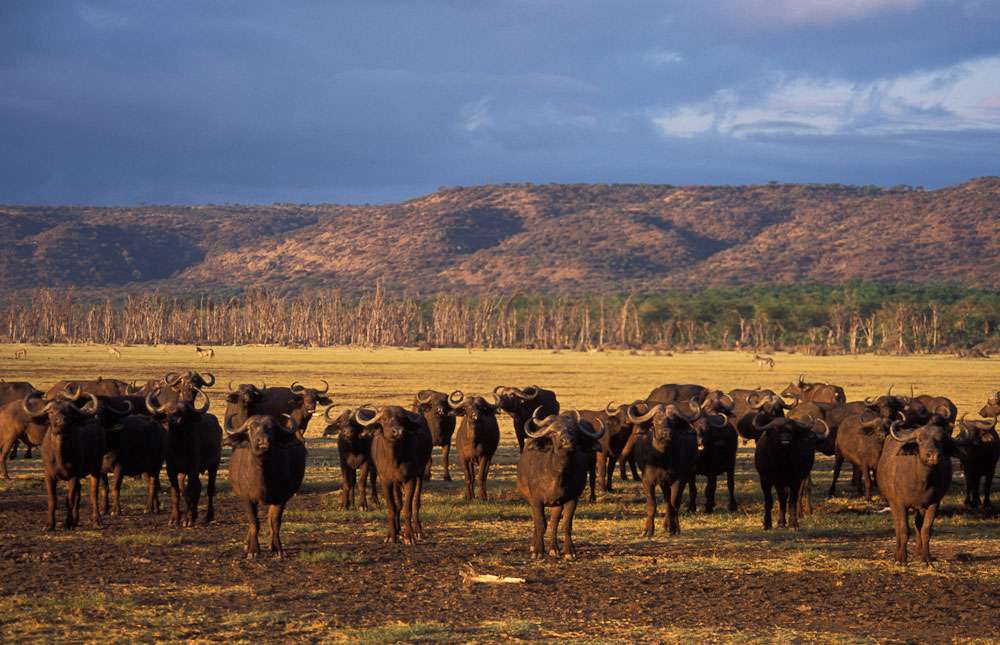 Lake Manyara, Ngorongoro Crater & Serengeti
Lake Manyara, Ngorongoro Crater & Serengeti
5 day(s) | Wildlife Manyara
-
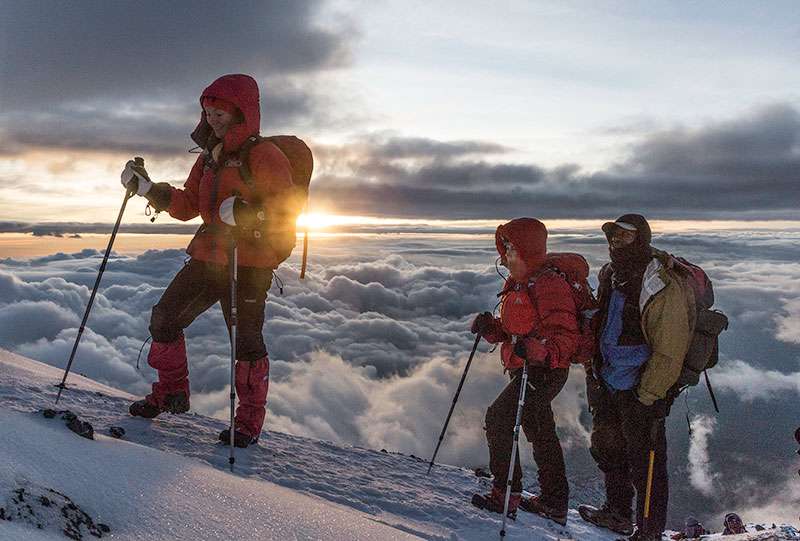 Machame Route
Machame Route
7 day(s) | Kilimanjaro Climbing Kilimanjaro
-
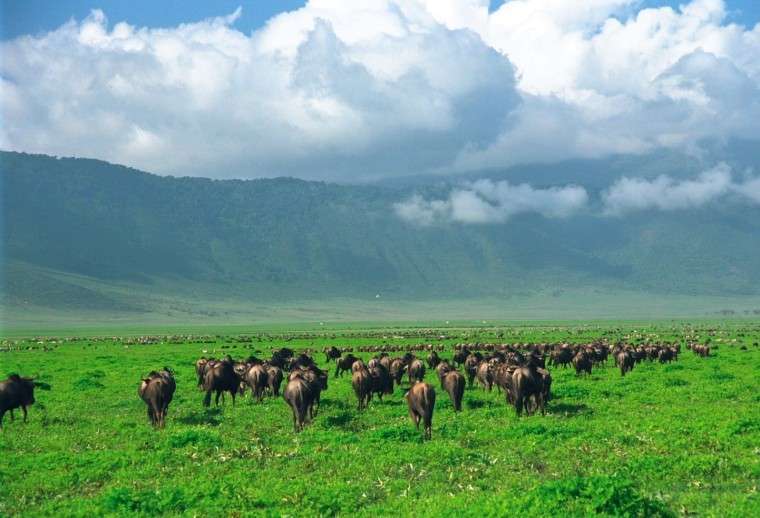 5 DAYS 4 NIGHTS SELOUS & MIKUMI NATIONAL PARK
5 DAYS 4 NIGHTS SELOUS & MIKUMI NATIONAL PARK
5 day(s) | Wildlife Mikumi
-
 Holiday in Zanzibar
Holiday in Zanzibar
8 day(s) | Zanzibar Holiday Zanzibar
-
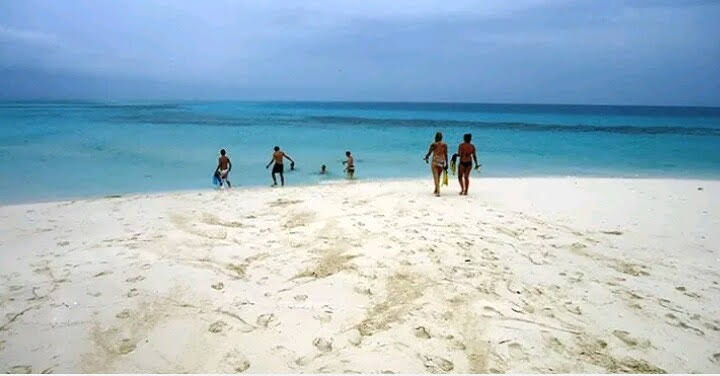 Holiday in Zanzibar
Holiday in Zanzibar
5 day(s) | Zanzibar Holiday Zanzibar
-
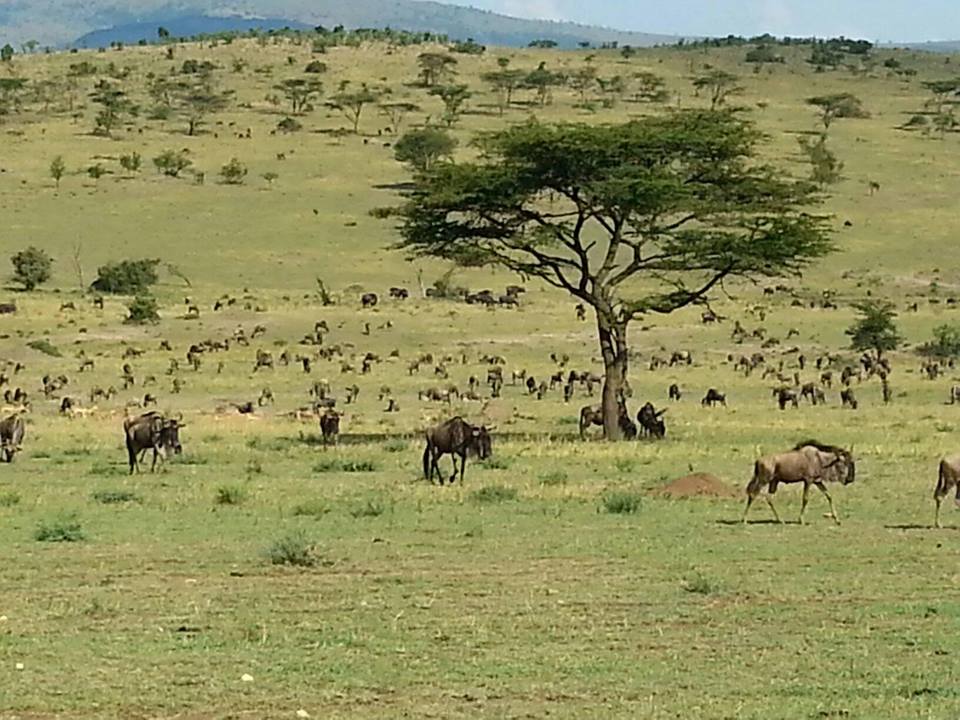 Southern Tanzania
Southern Tanzania
2 day(s) | Wildlife Mikumi
-
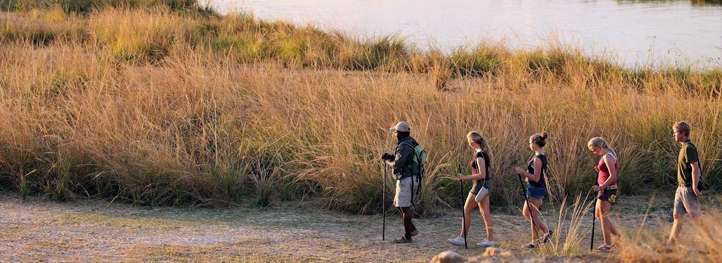 10 Days Tanzania Safari
10 Days Tanzania Safari
10 day(s) | Walking Kilimanjaro